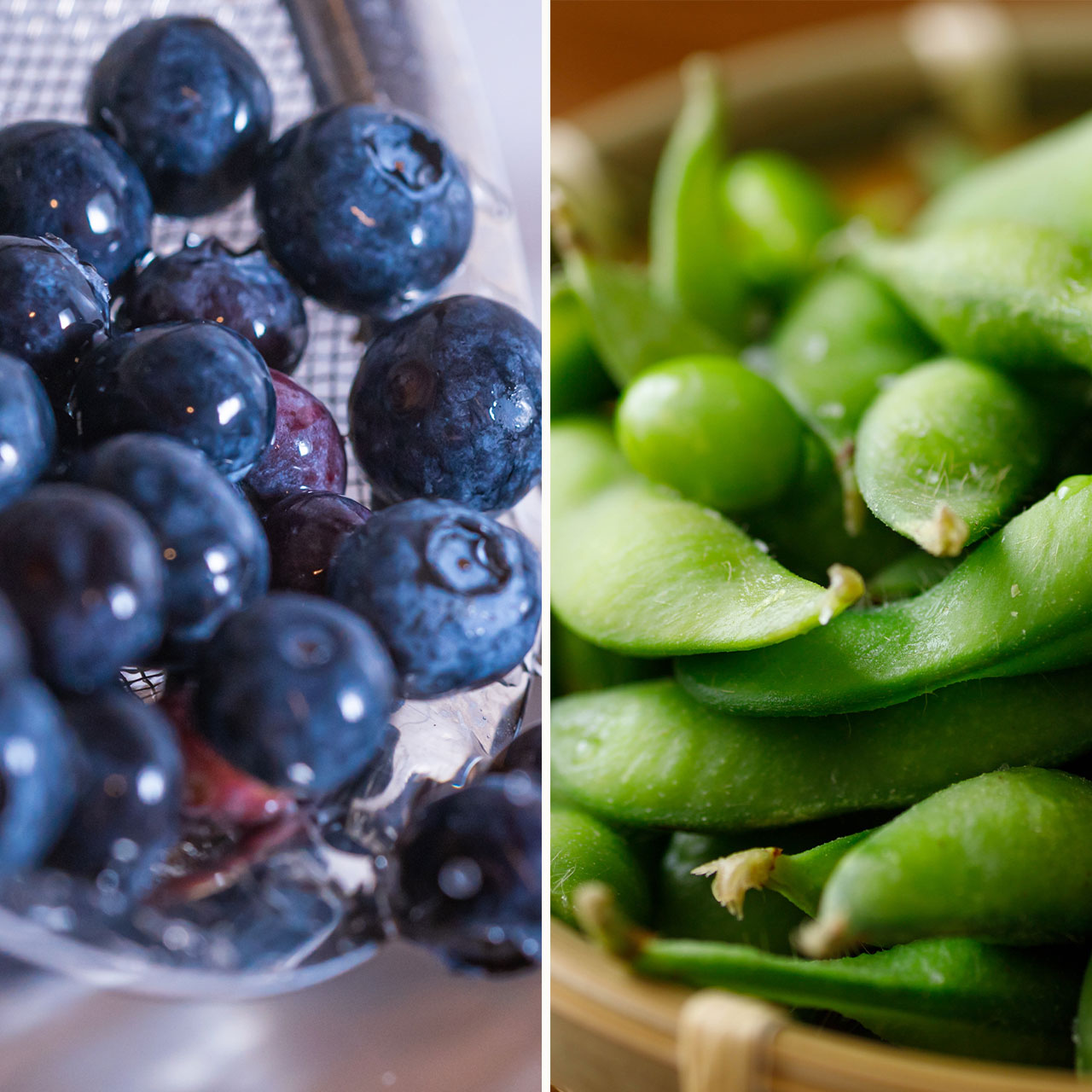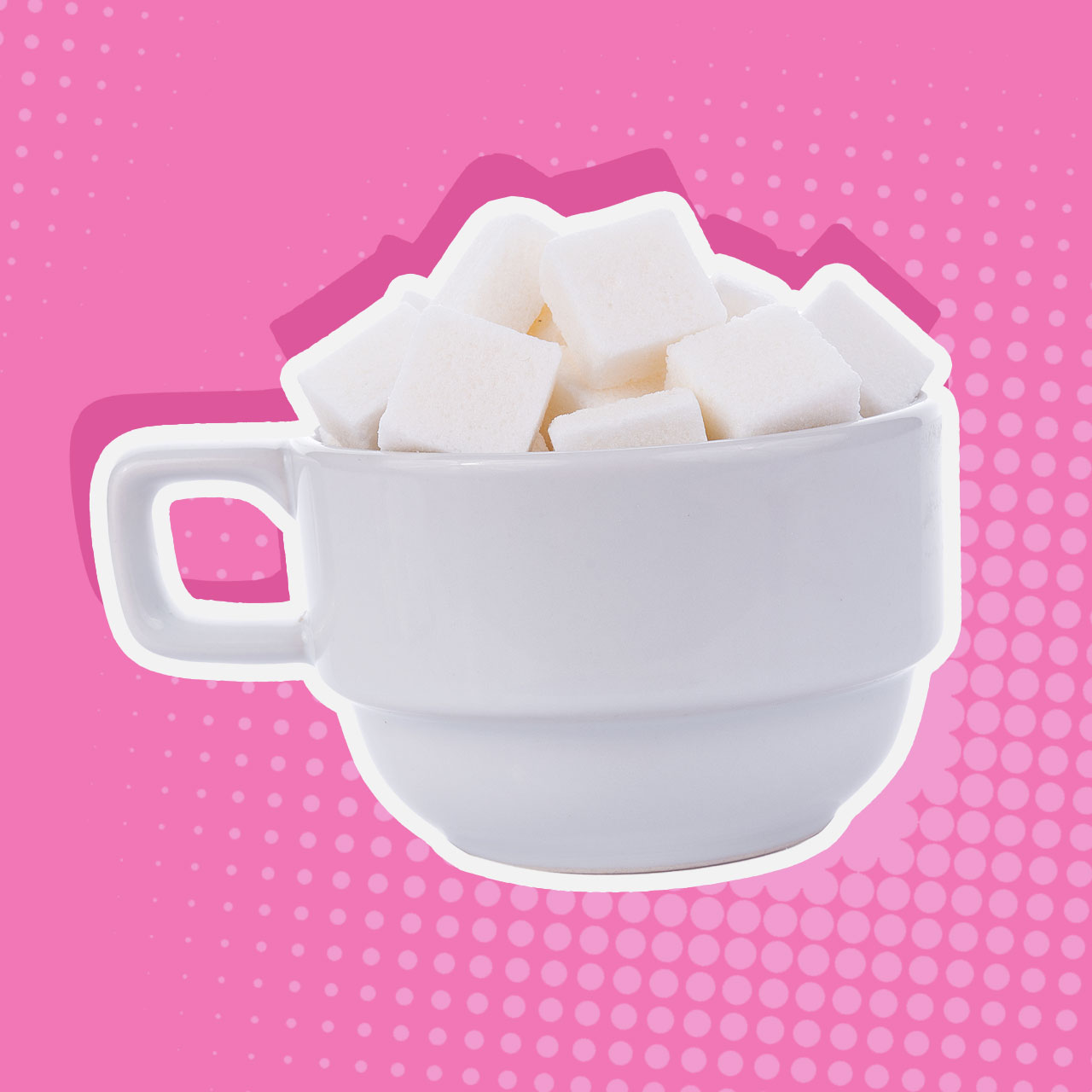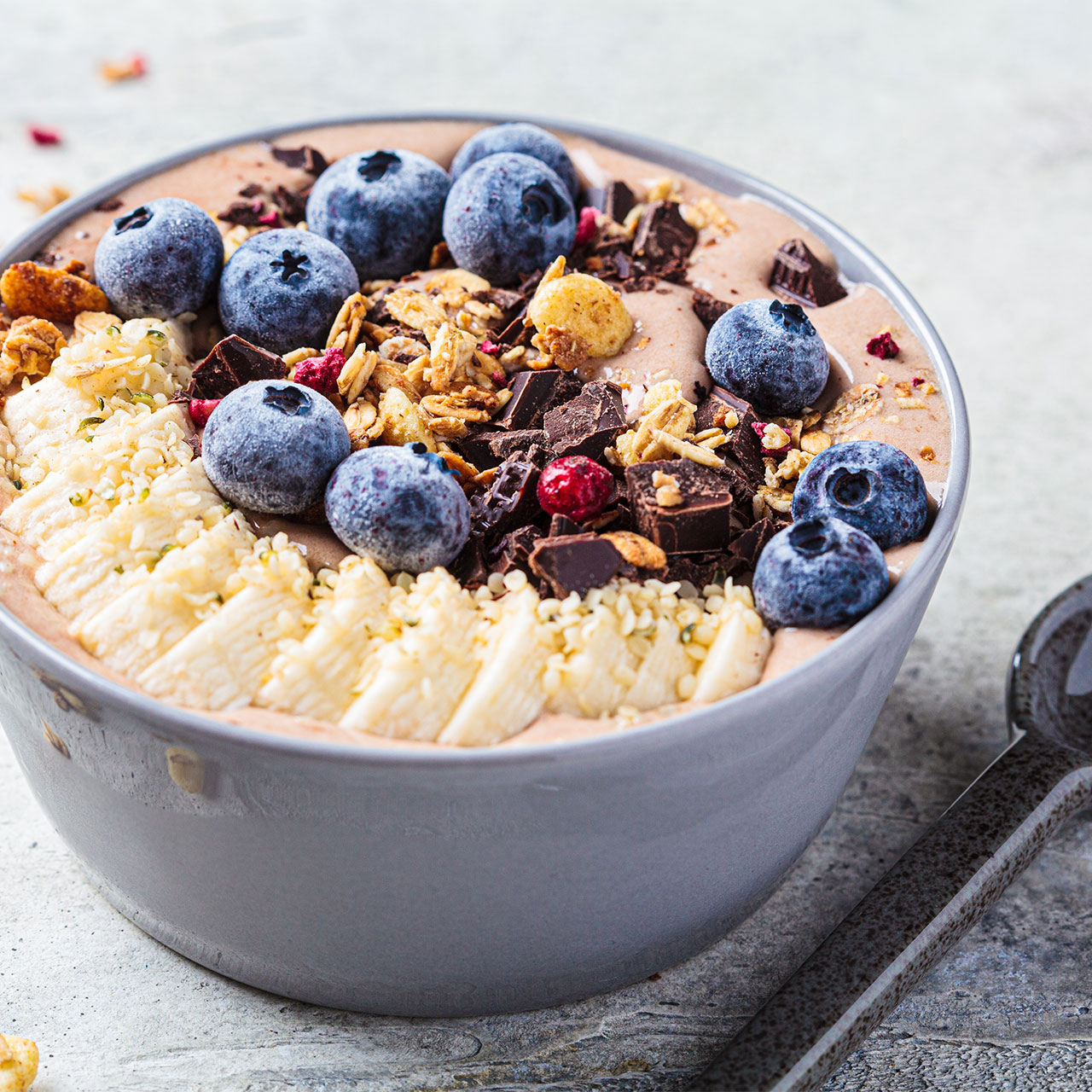You probably already know that whole grains are all the rage, and offer great health benefits like naturally high fiber content, which can help you feel full and satisfied to maintain a healthy body weight. Whole grains are often linked to lowering your risk of heart disease, diabetes, and colorectal cancer.
They’re good for your health and well-being overall, so we asked health experts Dr. Richard Collins, MD, FACC and Dr. Ellen Albertson, PhD, RDN, NBC-HWC for two underrated whole grains that you should try when shopping for healthy groceries this year.

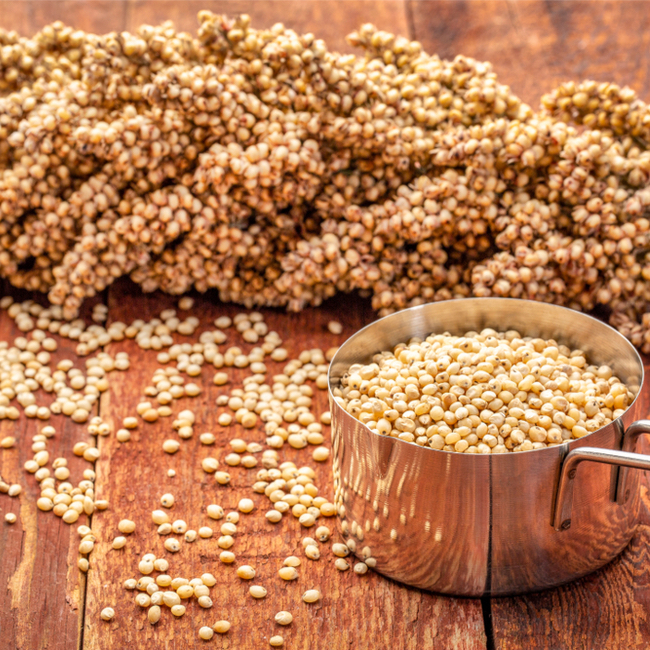
1. Sorghum
For anyone suffering from Celiac disease, those who can’t eat gluten, or people who want to try a non-GMO, ancient grain, Collins (who is also known as The Cooking Cardiologist) recommends this heart-healthy whole grain.
"I always cook and recommend to my patients who are trying to eat heart-healthy or trying to incorporate better grains to reach for ancient grains,” says Collins, referring to plants that have been cultivated for centuries.
“My recommendation for many people is to try sorghum— it’s high in nutrients and has plant compounds that are high in antioxidants,” adds Collins. He describes sorghum, the coarse, upright grass used for grain and forage as a “versatile grain that is grown domestically that is just now starting to receive some attention.”
He continues, “It’s packed with powerful nutrients that give your body the boost it needs for proper nutrition regardless of your health and wellness goals."
For those trying to lose weight, sorghum is especially high in fiber, which helps promote healthy digestion. This grain can be found at many grocery stores among the other whole grains. You can also locate sorghum in the bulk bins (and this way you’re able to buy a little bit to try and see how you like it).
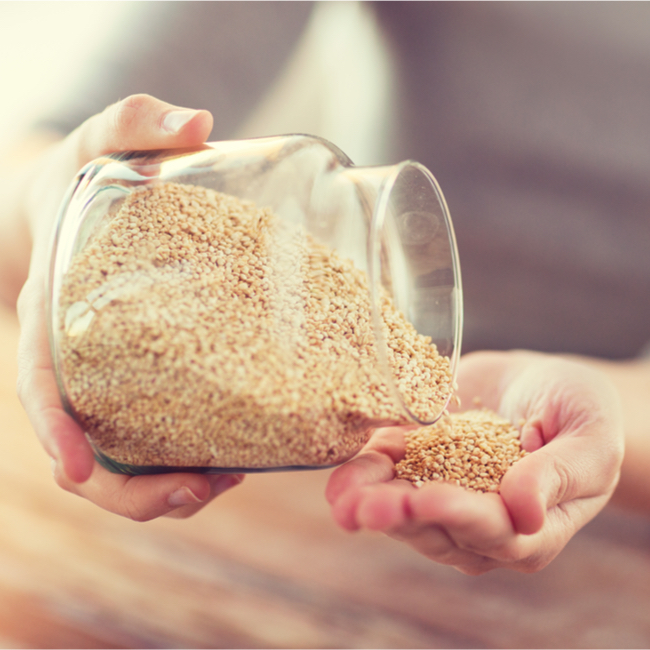
2. Quinoa
Okay, so this one might not be as underrated as sorghum necessarily, but its many health benefits really do deserve more attention. People often underestimate quinoa, as Albertson says, “I think quinoa is an underrated grain that people should eat more of.”
Firstly, “Quinoa contains antioxidant phytochemicals and is high in vitamins, minerals, protein and fiber,” Albertson notes (all of which you need to maintain a healthy body weight). Quinoa (not necessarily a grain but more of a seed that’s generally still located by whole grains in the supermarket) is a herbaceous annual plant grown as a crop for its edible seeds— they are rich in protein, dietary fiber, B vitamins, and dietary minerals that you need whether your goal is to lose weight, or maintain your current healthy state.
“A study by Harvard Public School of Health found that eating a bowl of quinoa daily may reduce the chances of early death risk from cancer, heart disease, respiratory ailments, diabetes, and other chronic diseases by 17 percent,” Albertson continues, adding that this is another entirely gluten-free option that “tastes great and cooks up quickly.”
Ultimately, both sorghum and quinoa are considered by many health experts to be “underrated” when compared to other options out there, like barley, brown rice or oatmeal. These two expert-approved foods are both worth a try for their array of health benefits. They can also easily be found nearby other whole grains at your local supermarket.



